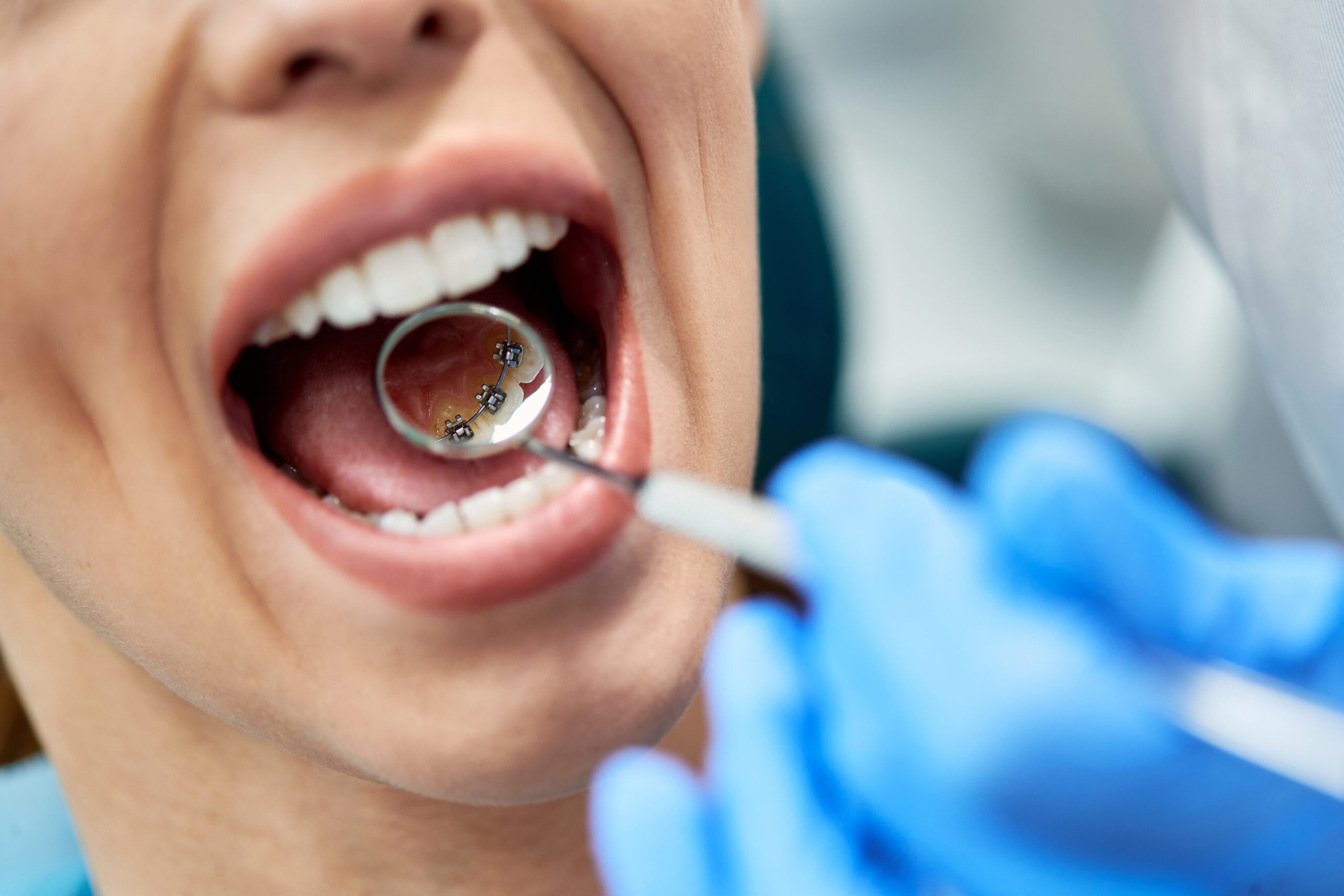Everything about Legacy Orthodontics
Table of ContentsHow Legacy Orthodontics can Save You Time, Stress, and Money.Indicators on Legacy Orthodontics You Should KnowWhat Does Legacy Orthodontics Do?Legacy Orthodontics Can Be Fun For AnyoneSome Known Facts About Legacy Orthodontics.
At Advanced Orthodontics, we give clients with a holistic therapy experience. Furthermore, we provide flexible treatment routines, flexible repayment alternatives and an enjoyable, pleasurable experience. clear braces. Telephone call ( 480) 357-4900 today to learn more and routine a consultation.An orthodontist is a dental practitioner educated to diagnose, avoid, and treat teeth and jaw irregularities. They deal with existing problems and are educated to determine troubles that may create in the future. Orthodontists function with individuals of any ages, from children to adults. Individuals typically connect a best smile with health.
Malocclusion, or misaligned teeth, can lead to dental concerns, including dental caries, gum tissue condition, and difficult or agonizing eating. Not every person is birthed with straight teeth. If you have a negative bite or large rooms in between your teeth, you may wish to get in touch with a dentist specializing in orthodontic care.
4 Easy Facts About Legacy Orthodontics Described
( Image Credit Report: DigitalVision/Getty Images) Orthodontists make use of fixed and removable dental devices, like braces, retainers, and bands, to change the setting of teeth in your mouth. Orthodontic therapy is for oral irregularities, consisting of: Crooked teethBite issues, like an overbite or an underbiteCrowded teeth or teeth that are as well far apartJaw misalignmentThe goal of orthodontic treatment is to boost your bite.
A healthy bite guarantees you can consume, chew, and talk effectively. While you might think about orthodontists as mainly for children or teenagers who need dental braces, they can deal with dental problems at any type of age. Orthodontists participate in college, dental school, and orthodontic school. After college graduation, they spend 2 or 3 years in an orthodontic residency program.
All orthodontists are dental experts, but not all dental professionals are orthodontists. Orthodontic residency programs supply intensive, focused direction for oral professionals. They focus on two locations: Exactly how to effectively and safely move teeth How to correctly lead development in the teeth, jaw, and faceOnce an orthodontist has completed training, they have the option to become board accredited.
Examine This Report on Legacy Orthodontics
Misalignment, or malocclusion, is one of the most common reason people see an orthodontist. It is genetic and is the outcome of dimension differences in between the top and lower jaw or between the jaw and teeth. Malocclusion results in tooth overcrowding, an irregular jaw, or irregular bite patterns. Malocclusion is generally treated with: Your orthodontist affixes steel, ceramic, or plastic square bonds to your teeth.
If you have only small malocclusion, you may be able to make use of clear dental braces, called aligners, as opposed to conventional dental braces (https://www.callupcontact.com/b/businessprofile/Legacy_Orthodontics/9435468). Some people require a headgear to assist move teeth into line with stress from outside the mouth. After dental braces or aligners, you'll need to put on a retainer. A retainer is a customized device that keeps your teeth in place.
They can create extra area in the mouth without having to pull teeth. Orthodontists utilize cords, medical screws, or plates to support your jaw bone.
You might need to see an orthodontist if you have: Crowding or otherwise adequate space for all of your teethOverbite, when your top teeth come by your base teethUnderbite, when your base teeth are as well far forwardSpacing or problems with gapsCrossbite, which is when your top teeth fit behind your base teeth when your mouth is closedOpen bite or a vertical space between your front base and upper teethMisplaced midline, when the facility of your base and top teeth do not align Dealing with an oral malocclusion visit homepage can: Make biting, chewing, and speaking easierImprove the proportion of our face and your general appearanceEase pain from temporomandibular joint disordersDifferent your teeth and make them easier to cleanse, helping stop dental cavity or cavities It's typically a dental practitioner that first notices misaligned teeth throughout a regular examination.
Legacy Orthodontics for Beginners

Throughout your very first orthodontic assessment, you'll likely have: A dental examPhotos taken of your face and smileDental X-raysPanoramic (360 degree) X-rays of your face and headImpressions to create mold and mildews of your teethThese tests will certainly aid your orthodontist recognize just how to wage your treatment. leesburg clear braces. An orthodontist is a dental professional that's had training to treat your teeth and jaw
An orthodontist is focused on your bite, so something like a damaged tooth would be dealt with by a dental professional. Orthodontists are focused on your bite, or the method your teeth fit together, and the straightness of your teeth.
Ever wondered exactly how celebrities constantly seem to have perfectly aligned teeth? Orthodontists are oral experts who focus on correcting irregularities in the teeth and jaws.
The 10-Minute Rule for Legacy Orthodontics

, orthodontists have a varied toolkit at their disposal. These reliable braces make use of a system of braces adhered to the teeth and attached by wires.
Clear aligners, like Invisalign, are a popular alternative for individuals seeking an extra discreet treatment choice. These detachable trays are customized to considerably change the teeth's setting. Headwear may be utilized together with dental braces or aligners to apply additional targeted forces, particularly for dealing with jaw discrepancies. In cases of slim jaws, palatal expanders can be used to create space for proper tooth positioning.